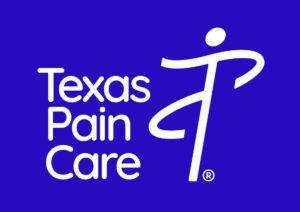
If you suffer from lumbar spinal stenosis (LSS) and find that you can’t stand or walk for long periods of time without experiencing severe pain, there’s a new treatment option that has provided patients with relief.

While there are many opportunities where chronic pain can be attributed to a specific joint, disc, or muscle, sometimes it’s multifaceted. If you are experiencing pain that seems like it’s stemming from one particular muscle but also is radiating to other parts of your body, you might be a candidate for trigger point injections. Expert diagnosis and treatment for Myofascial Pain Syndrome by the Texas Pain Care team in Missouri City, Sugar Land, and Houston areas can adeptly treat the source of your pain now and in the future.
A trigger point injection (TPI) is used to help relieve myofascial pain, which is usually caused by a “knot” in your muscle (also known as a trigger point). “Myo” means muscle and “fascial” means fascia, which is the thin, white connective tissue that’s wrapped around every muscle. When the fascia becomes tight or restricted, it can feel like a “knot” in the muscle that is very sensitive to touch and pressure. These knots can form after one particular instance, or after many micro-traumas, leading to continued stress on the muscle fibers. This stress can cause the fibers to be stuck in a contracted state, which can cause pain not only in the muscle, but shooting pain to other areas of the body. These knots can also limit a person’s mobility because of difficult stretching the muscle to move the leg comfortably, for instance.
A trigger point injection can help soothe this type of myofascial pain, and is especially effective in relieving pain in the neck, shoulder, arms, legs and lower back.
The location of the trigger points create different types of pain sensations. For instance, trigger points located in the trapezius muscle can cause tension headaches, and a trigger point in the piriformis muscle can press on the sciatic nerve and cause numbness in the buttock and down the leg.
If you suffer from trigger point pain that has not been resolved with over-the-counter pain medication, heat and/or massage therapy, or physical therapy, then trigger point injections might be right for you. In addition to enjoying pain relief, patients who opt for trigger point injections can utilize physical therapy and stretching methods more effectively, furthering the effects of the injection.
Before a pain care specialist will recommend trigger point injections, he/she will first perform a physical exam to find the cause of pain and also rule out other possible causes of pain, including muscle strain, bodily structural causes, medical issues with the spinal column (degenerative arthritis, spinal stenosis or herniated disc), or pain from a pinched nerve (radiculopathy).
Trigger points can also be found in patients who have experienced or are currently experiencing a range of other conditions and factors, such as:
It’s important to note that, regardless of the root cause, myofascial pain and trigger points are very common. The Texas Pain Care pain management specialists are adept at diagnosing and treating myofascial pain, which generally includes a combination of trigger point injections and/or physical therapy and stretching exercises.
You can also send us a message

Trigger point injections are a safe and minimally-invasive procedure that are performed in your pain management specialist’s office. Depending on the location of the trigger point, you might be sitting or lying down. The specialist will then utilize ultrasound to accurately locate the trigger point. After cleaning the area and applying a topical anesthetic, a thin needle attached to a syringe is injected into the trigger point, delivering a small amount of local anesthetic (numbing medication) and/or a steroid (anti-inflammatory). The local anesthetic numbs the area, relieves the pain and decreases the muscle spasm, while the steroid decreases inflammation. Sometimes multiple injections are needed to completely target and deactivate the trigger point. Regardless of injection quantities, the average procedure takes less than an hour.
It is best to rest the area for 24 hours after the procedure. The following day it might be recommended to stretch or enjoy light exercise, which will help to relax and release the tension in the injection area, thereby improving the result. Pain relief is generally experienced in one to three days after the injection, and should last for about a month.
As with any procedure, even those that are low risk, there are some chances of problematic occurrences. Initial reactions can include muscle spasms, as the injection is placed directly into the area of discomfort. Post-procedure risks can include bleeding or infection at the injection site.
Even though trigger points can create mobility-altering pain, the good news is that there is a relatively simple solution. If you’re feeling “knots” and shooting pain in your limbs, low back and neck, it’s important to reach out to the Texas Pain Care team so we can expertly and quickly diagnose and treat your trigger points. Give us a call or request an appointment online!

If you suffer from lumbar spinal stenosis (LSS) and find that you can’t stand or walk for long periods of time without experiencing severe pain, there’s a new treatment option that has provided patients with relief.

Spinal Cord Stimulator Implants are an increasingly popular option for patients who suffer from debilitating chronic pain who have yet to find any relief. If your pain has caused you to shy away from your favorite activities, miss out on certain life events, avoided situations that require too much standing or sitting, or your quality of life and ideal exercise regimen have suffered, then it’s a great time to talk to your Texas Pain Care specialist in Sugar Land, Missouri City, or Houston about the benefits of spinal cord stimulation.

If bladder or bowel control symptoms are keeping you from enjoying your life, it’s time to change that. Sacral neuromodulation therapy is a proven treatment option for helping millions of people who suffer from urinary or bowel incontinence finally find relief.

Get out of pain
Get back to living
Treatments
Conditions
